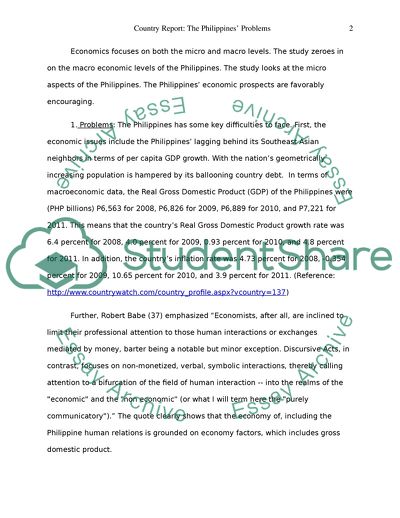Cite this document
(Country Report: The Philippines' Problems, Projections, and Possible Essay, n.d.)
Country Report: The Philippines' Problems, Projections, and Possible Essay. https://studentshare.org/macro-microeconomics/1771107-country-report-the-philippines-problems-projections-and-possible-policies
Country Report: The Philippines' Problems, Projections, and Possible Essay. https://studentshare.org/macro-microeconomics/1771107-country-report-the-philippines-problems-projections-and-possible-policies
(Country Report: The Philippines' Problems, Projections, and Possible Essay)
Country Report: The Philippines' Problems, Projections, and Possible Essay. https://studentshare.org/macro-microeconomics/1771107-country-report-the-philippines-problems-projections-and-possible-policies.
Country Report: The Philippines' Problems, Projections, and Possible Essay. https://studentshare.org/macro-microeconomics/1771107-country-report-the-philippines-problems-projections-and-possible-policies.
“Country Report: The Philippines' Problems, Projections, and Possible Essay”. https://studentshare.org/macro-microeconomics/1771107-country-report-the-philippines-problems-projections-and-possible-policies.


